(2390 produk tersedia)

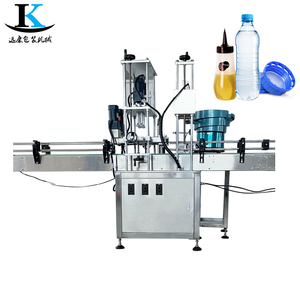









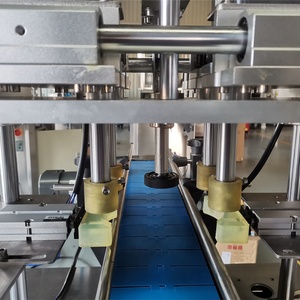








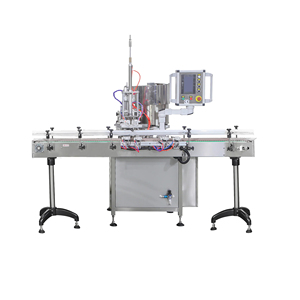
















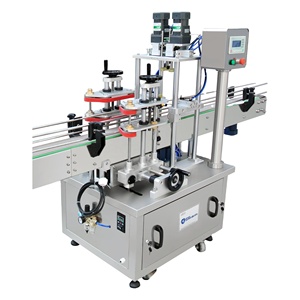



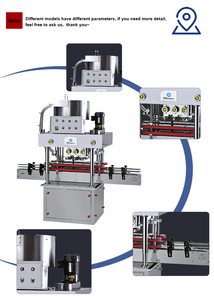










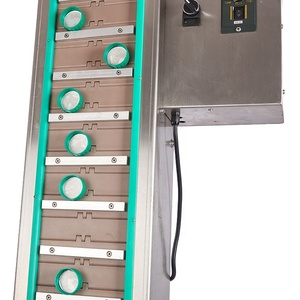













































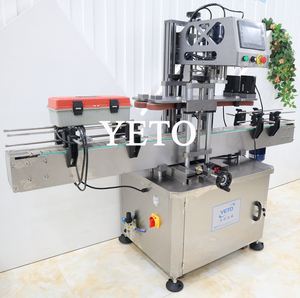

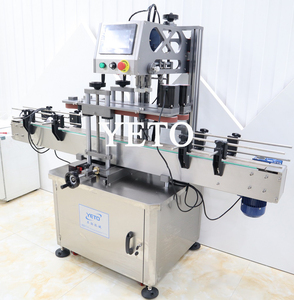



























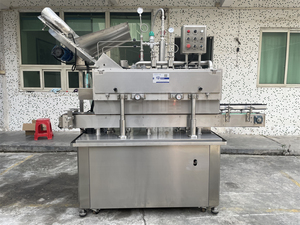


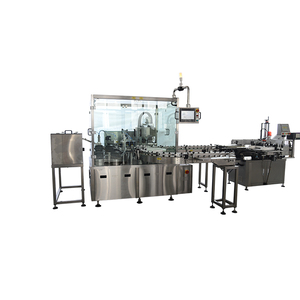

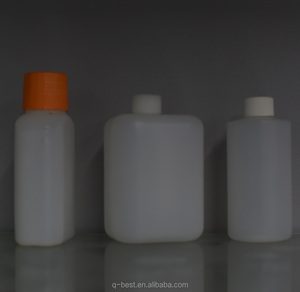

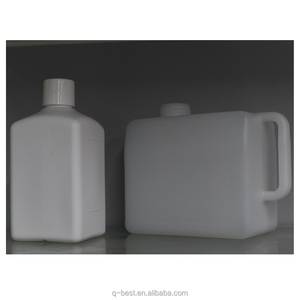

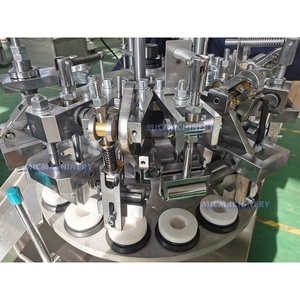
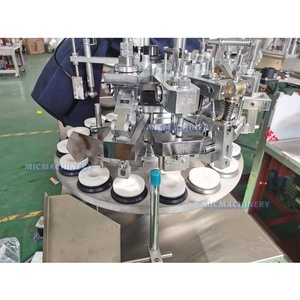

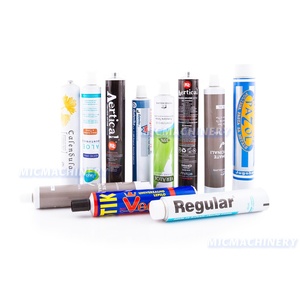













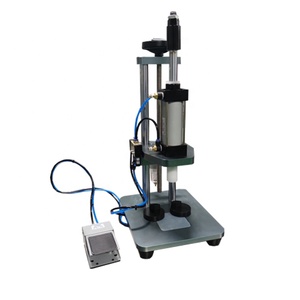

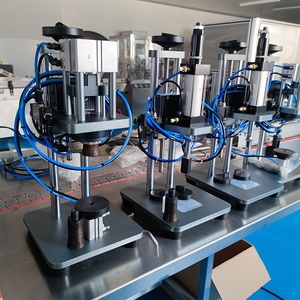
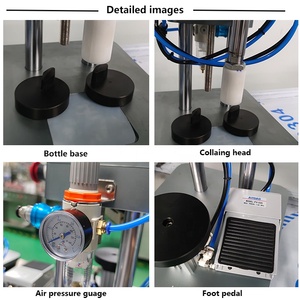











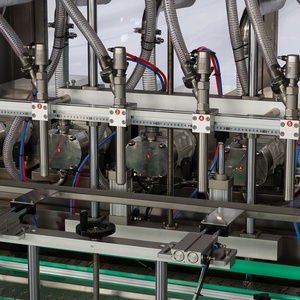



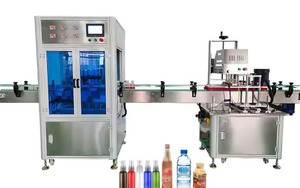
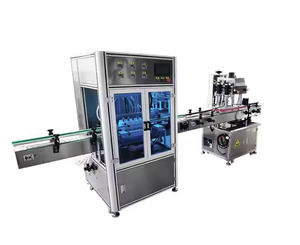
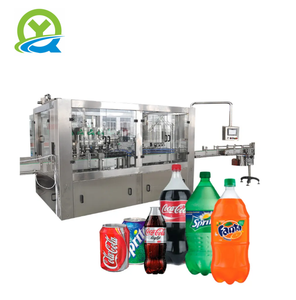







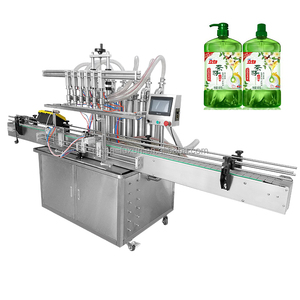
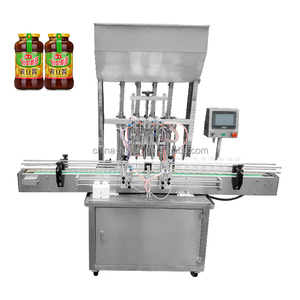









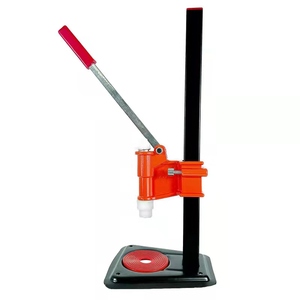








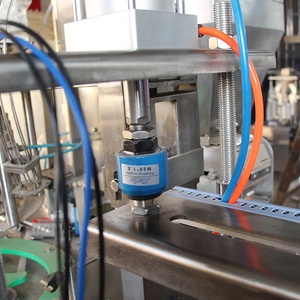

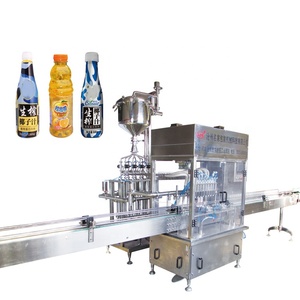
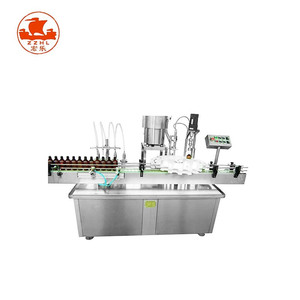


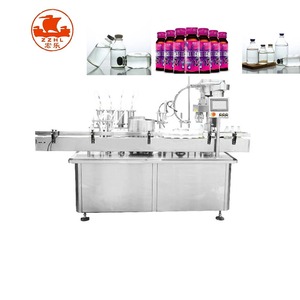


Mesin pemuat tutup merupakan peralatan penting dalam industri makanan dan minuman, kimia, dan farmasi. Dirancang untuk mengurangi beban kerja manual, mesin ini dengan cepat dan akurat menerapkan tutup dan penutup ke wadah produk. Ada beberapa jenis mesin pemuat tutup.
Mesin pengumpan tutup akan memiliki spesifikasi berbeda tergantung pada jenis dan kapasitas yang diperlukan. Berikut adalah beberapa spesifikasi utama yang harus diharapkan untuk mesin pengumpan tutup:
Produksi
Spesifikasi utama untuk mesin pemuat tutup adalah laju produksi. Ini adalah berapa banyak tutup yang dapat dimuat dalam satu jam. Untuk operasi skala kecil, mesin idealnya harus memiliki laju produksi 200 hingga 900 tutup per jam. Untuk operasi skala besar, cari mesin dengan laju produksi yang lebih cepat hingga 3.000 tutup per jam.
Ukuran Tutup yang Kompatibel
Mesin pemuat tutup bekerja dengan ukuran tutup tertentu, jadi penting untuk mencocokkan mesin dengan tutup yang akan digunakan. Periksa rentang ukuran yang berfungsi dengan mesin sebelum memilih.
Kecepatan Penyesuaian
Ini mengacu pada seberapa cepat mesin dapat dimodifikasi untuk bekerja dengan ukuran botol dan tutup yang berbeda. Penyesuaian cepat dapat membantu mengurangi waktu henti selama produksi.
Persyaratan Karyawan
Tergantung pada seberapa kompleks dan besarnya mesin, mungkin memerlukan satu atau lebih karyawan untuk mengoperasikannya. Beberapa mesin memiliki kontrol yang mudah digunakan dan hanya membutuhkan satu orang untuk menjalankannya.
Daya dan Listrik
Setiap mesin pemuat tutup memiliki persyaratan daya spesifik, biasanya dinyatakan dalam tenaga kuda (HP). Beberapa membutuhkan lebih banyak daya karena bahan atau volume produksi.
Dimensi Mesin
Ketahui ruang tempat mesin pemuat tutup akan ditempatkan. Dimensi mesin meliputi berat, panjang, lebar, dan tinggi. Bandingkan angkanya dengan ruang yang tersedia untuk memastikan kecocokan yang baik.
Pabrikan Material
Bahan yang digunakan untuk membuat mesin dapat memengaruhi berapa lama mesin bertahan dan seberapa baik mesin bekerja dengan berbagai jenis tutup. Pilih bahan untuk ketahanan dan kompatibilitas yang penting
Sangat penting untuk memelihara mesin pemuat tutup agar tetap dalam kondisi baik dan memperpanjang masa pakainya. Jadwal pemeliharaan akan disesuaikan tergantung pada penggunaan mesin, kondisi suku cadang, dan kapasitas. Berikut adalah beberapa tips pemeliharaan umum yang dapat digunakan:
Pemeriksaan Harian
Setiap hari sebelum menggunakan mesin, operator harus melakukan inspeksi visual. Mereka harus mencari tanda-tanda keausan, pergerakan, atau kebocoran yang tidak normal. Cari suku cadang yang terpasang longgar dan periksa suara atau gerakan yang tidak biasa.
Pelumasan
Semua bagian yang bergerak dari mesin pemuat tutup harus dilumasi secara teratur. Ini membantu mengurangi keausan dan sobek dan mendorong pergerakan yang mudah. Lumasi komponen geser dan bergerak seperti bantalan dan rantai.
Pembersihan
Teknisi pemeliharaan harus selalu melepaskan mesin dari sumber daya sebelum membersihkannya. Orang tersebut harus membuang tutup atau puing-puing apa pun dan menggunakan larutan yang tepat untuk membersihkan komponen. Suku cadang harus dikeringkan dan dirakit kembali sebelum digunakan berikutnya.
Pemeliharaan Berkala
Pemeliharaan berkala dilakukan pada jadwal yang ditetapkan. Mungkin melibatkan penggantian beberapa komponen mesin penting. Teknisi harus memeriksa bagian-bagian penting dari mesin, seperti rantai, sabuk, bantalan, dan komponen penyegelan, untuk mencari kerusakan apa pun.
Lingkup aplikasi penggunaan mesin pemuat tutup sangat luas. Tidak terbatas pada penutupan botol saja. Mesin seperti itu dapat secara efisien dan efektif menerapkan berbagai jenis tutup ke berbagai macam wadah.
Industri yang memproduksi minuman, seperti air, soda, jus, dan bir, menggunakan mesin pemuat tutup. Mesin membantu menerapkan dan mengamankan tutup pada botol yang diproduksi dengan kecepatan tinggi. Ini memastikan kesegaran konten dan mencegah kebocoran dalam bentuk apa pun.
Industri farmasi menggunakan mesin pemuat tutup untuk menyegel botol dan wadah medis. Mesin ini memastikan bahwa tutup tersebut terpasang dengan aman. Ini memberikan ketahanan terhadap anak dan menjamin akurasi dosis dan integritas konten medis.
Dalam industri kosmetik dan perawatan pribadi, mesin pemuat tutup digunakan untuk menerapkan tutup pada botol yang diproduksi untuk produk seperti lotion, sampo, dan produk kecantikan lainnya. Menggunakan mesin ini untuk penutupan membantu mengoptimalkan produktivitas dan memastikan keseragaman dalam penutupan botol.
Mesin pemuat tutup dengan kompresor udara sangat bagus untuk digunakan di industri. Mereka ideal untuk jalur produksi apa pun yang memerlukan operasi penutupan untuk dilakukan. Ini dilakukan dalam berbagai bentuk dan ukuran wadah dengan kecepatan tinggi dengan tingkat presisi yang tinggi.
Saat membeli mesin pemuat tutup, ada banyak faktor yang perlu dipertimbangkan. Kapasitas dan efisiensi adalah faktor penting yang perlu dipertimbangkan; mesin dengan kecepatan penutupan yang lebih tinggi lebih efisien dan akan memenuhi permintaan produksi. Kemampuan beradaptasi mesin untuk menangani ukuran dan bentuk botol yang berbeda sangat penting, mengingat berbagai produk mungkin memerlukan pengemasan yang berbeda.
Fitur penting lainnya dari mesin pemuat tutup adalah apakah mesin tersebut manual, semi-otomatis, atau sepenuhnya otomatis. Tergantung pada jalur produksi dan tenaga kerja, mesin yang disukai mungkin berbeda. Memasukkan fitur keselamatan dapat mengurangi kecelakaan di tempat kerja dan melindungi karyawan, dan ini mungkin termasuk tombol berhenti darurat dan pengamanan operator.
Memastikan mesin kompatibel dengan tutup dan wadah yang digunakan dalam jalur produksi sangat penting, karena ketidakcocokan dapat menyebabkan keterlambatan dan biaya tambahan. Bahan dan kualitas pembuatan mesin akan menentukan berapa lama mesin dapat digunakan dan biaya pemeliharaannya. Memilih mesin yang dibangun dengan bahan yang kokoh dan tahan karat dapat memperpanjang masa pakainya dan mengurangi kebutuhan perbaikan.
Mempertimbangkan dimensi fisik mesin sangat penting, karena mesin harus sesuai dengan ruang yang diperlukan. Menetapkan layanan purna jual yang akan memandu dan memberikan dukungan teknis yang diperlukan sangat penting. Dengan masalah apa pun yang mungkin muncul, memiliki dukungan sangat penting, terutama untuk mesin yang rumit.
Terakhir, saat mengganti peralatan mesin yang ada di jalur produksi, penting untuk mempertimbangkan bagaimana mesin baru akan terintegrasi dengan peralatan yang ada. Memastikan bahwa semua fitur yang diperlukan ada dapat meminimalkan waktu henti dan transisi secara efisien. Dengan pertimbangan di atas, pembeli bisnis dapat membuat keputusan yang lebih tepat sebelum membeli mesin pemuat tutup.
T1: Apa perbedaan antara mesin pemuat tutup manual dan otomatis?
A1: Metode pemuatan utama membedakan mesin pemuat tutup manual dari otomatis. Pada mesin manual, operator digunakan untuk menempatkan tutup pada wadah secara manual. Di sisi lain, mesin otomatis menggunakan tenaga listrik atau pneumatik untuk membantu memuat tutup ke wadah.
T2: Dapatkah mesin pemuat tutup mengakomodasi berbagai ukuran dan bentuk tutup?
A2: Ya, sebagian besar mesin pemuat tutup dapat beradaptasi dengan berbagai ukuran dan bentuk tutup. Namun, ini mungkin termasuk mengganti komponen pencengkeram tutup atau menyesuaikan pengaturan mesin.
T3: Apakah mesin pemuat tutup memerlukan persyaratan daya khusus untuk pengoperasian?
A3: Sebagian besar mesin pemuat tutup tidak memerlukan persyaratan daya khusus. Mereka dapat dioperasikan menggunakan daya listrik standar atau secara manual sesuai preferensi pengguna.
T4: Bahan apa yang umumnya digunakan dalam konstruksi mesin pemuat tutup?
A4: Sebagian besar mesin pemuat tutup memiliki badan yang terbuat dari aluminium, stainless steel, atau plastik. Logam sebagian besar lebih disukai karena mereka memberikan mesin yang kokoh dan tahan lama, dan mereka juga dapat digunakan untuk berbagai aplikasi.